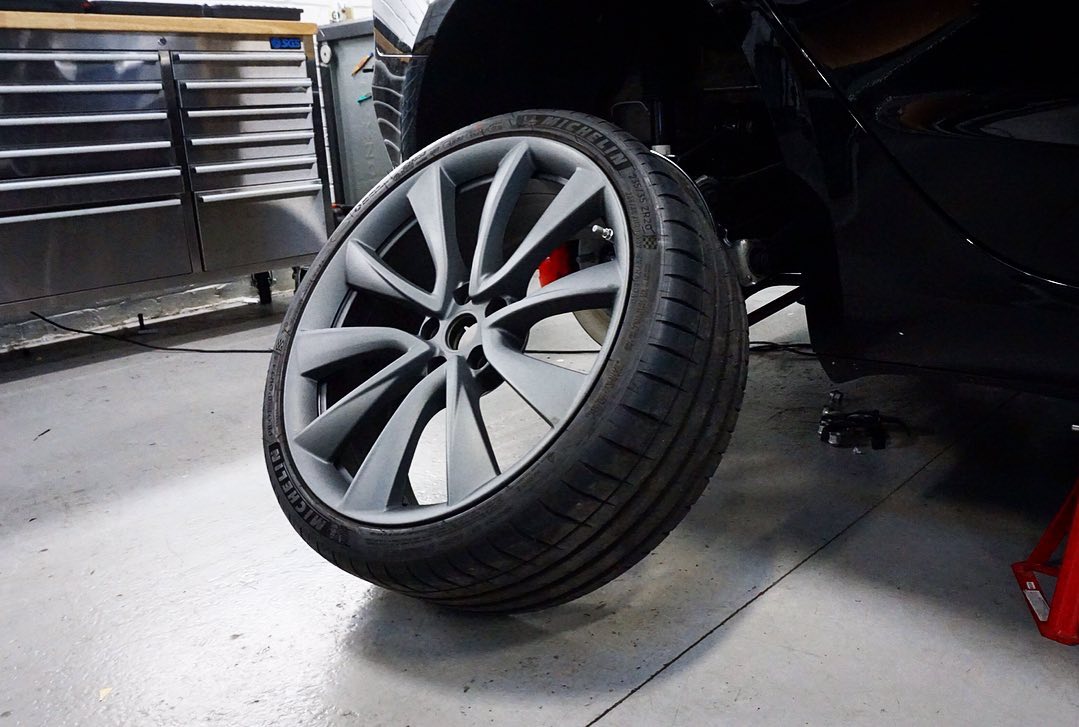Alloy wheels are an appealing option for car fans because they look good and are light. Even the toughest alloy wheels, however, may be damaged by potholes, curb strikes, and other road dangers. Fortunately, alloy wheel restoration techniques have improved significantly, enabling vehicle owners to bring back their wheels' former luster. We'll go into detail about the procedures for fixing damaged alloy wheels in the following article.

Inspection and evaluation:
A thorough evaluation and examination are the initial steps in restoring damaged alloy wheels. The severity of the damage, which may vary from tiny dings and scratches to more serious fissures, is thoroughly examined by trained professionals. This assessment is necessary for choosing the best plan of action and correctly calculating the cost of the repairs.
Wheel Removal:
After evaluating the damage, the wheel is taken off the car. This stage is essential to ensuring that the repair procedure can be completed carefully and without any obstacles. After being removed, the wheel is cleaned to get rid of any dust, debris, or brake grime that might obstruct repairs.
Repositioning and Straightening:
Straightening is done to alloy wheels that have bends or deformations. The wheel is meticulously reshaped to its original form using specialized equipment and methods. In order to accurately manage the alloy material without endangering it further, skilled specialists employ their knowledge.
Repairing cracks and welding:
Welding is a frequently used method of alloy wheel repair in circumstances when the wheel has fractures. In order to maintain the structural integrity of the wheel, skilled welders delicately fuse the alloy material to mend the fractures. Following the welding process, the repaired region is painstakingly buffed to match the wheel's surface.
Refinishing and Sanding:
Sanding is an important phase in the restoration process since it facilitates the creation of a uniformly smooth surface. Professional sanding tools are used by technicians to delicately remove flaws and uneven surfaces from wheels. The process of refinishing starts once the surface has been made smooth. In order to replicate the wheel's original finish, priming, paint, and clear coat must be applied.
Color Matching:
It's essential to get a perfect color match to keep the wheel looking good. To guarantee that the repaired wheel integrates perfectly with the other wheels on the car, skilled technicians employ color-matching technology. This focus on detail is essential for a perfect repair outcome.
Quality Assurance and Balance:
The repaired wheel goes through stringent quality control procedures before being installed again. These inspections include evaluating the wheel's overall look, paint finish, and structural soundness. The wheel is balanced to guarantee smooth and secure operation on the road once the repair passes these tests.
Final inspection and reinstallation:
The alloy wheel is replaced onto the car when the repair is finished. The wheel is meticulously mounted by technicians, who use the correct torque specs to fasten it to the hub. To ensure that the wheel is firmly installed and the repair maintains the highest standards of quality, a final examination is carried out.
Conclusion:
Each stage in the careful process of repairing damaged alloy wheels is designed to return the wheel to its original shape and function. If you have damaged alloy wheels, getting expert wheel repair services may help restore the appearance and functionality of your car. The development of repair methods has given alloy wheel owners a more affordable option than replacement, ensuring that their wheels continue to shine on the road.






